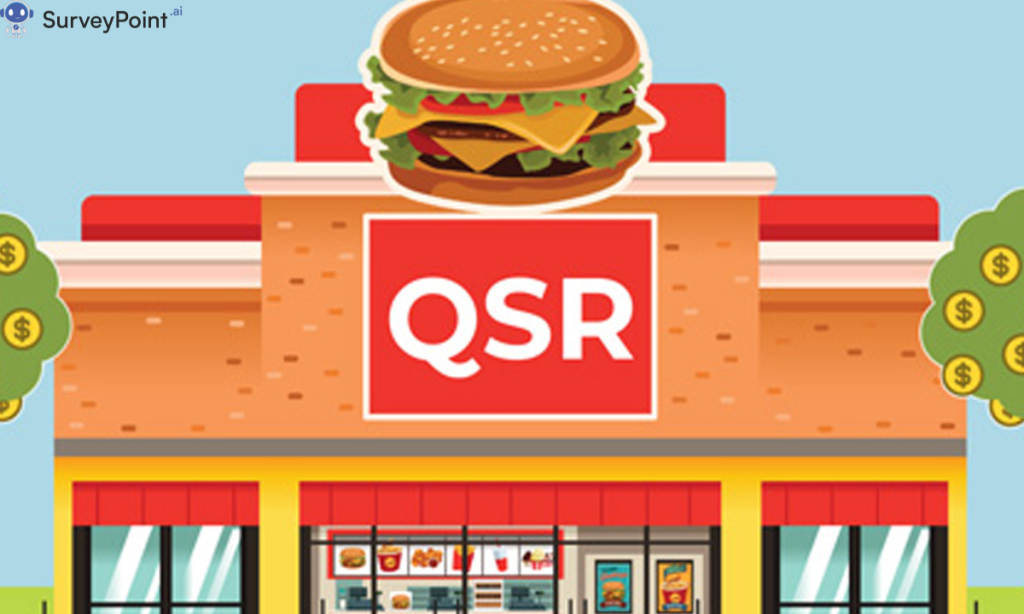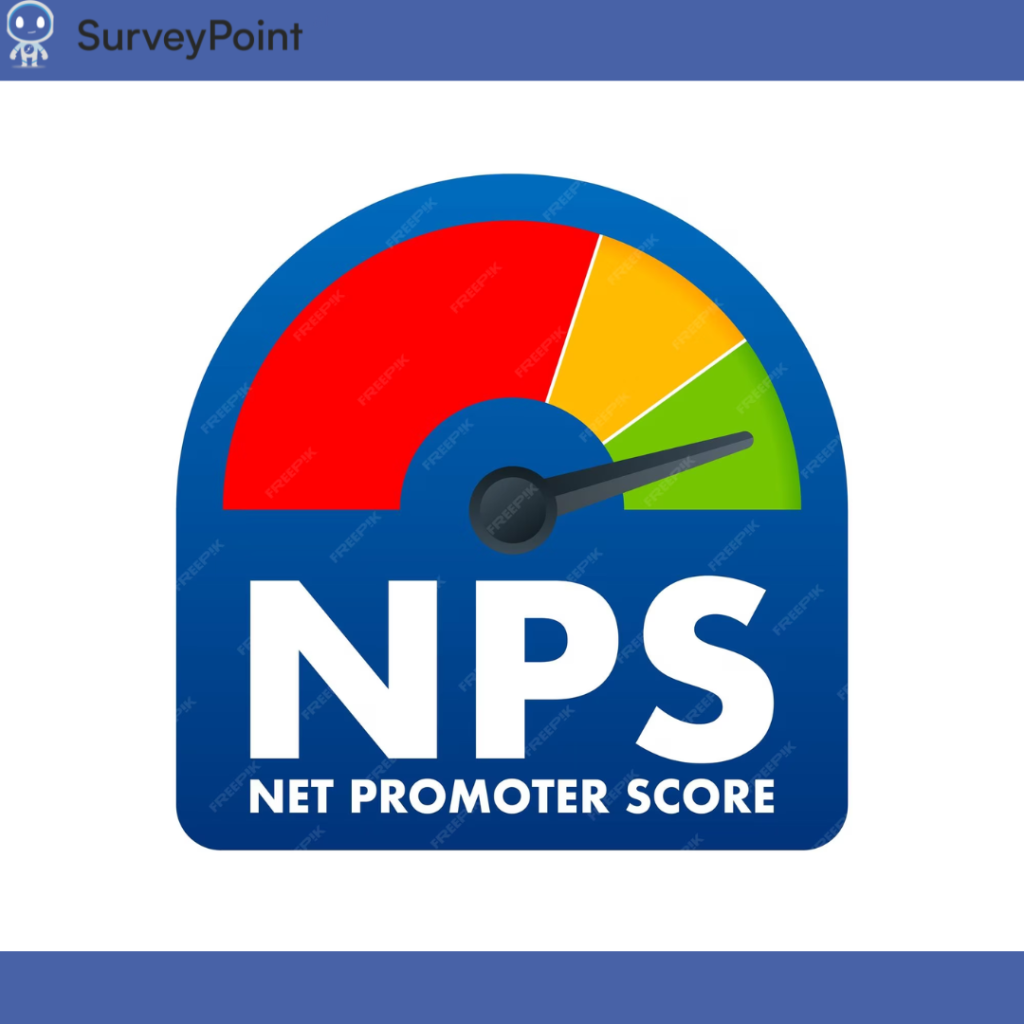
Quick Service Restaurant (QSRs) have become a staple in the fast-paced lifestyle of modern consumers. These establishments focus on providing food quickly and efficiently, making them popular choices for busy individuals and families. If you’re considering starting a QSR, here’s a comprehensive guide to help you get started and succeed in this competitive industry.
Steps to Start a Quick Service Restaurant
- Concept and Menu Development
- Identify Your Niche: Decide on the type of cuisine and the unique selling proposition (USP) of your QSR. Whether it’s burgers, pizza, Indian street food, or health-focused options, your concept should fill a gap in the market.
- Menu Design: Create a menu that is simple, appealing, and easy to prepare quickly. Focus on a few signature items that can be your main draw.
- Business Plan
- Market Research: Analyze the local market, understand your competition, and identify your target audience.
- Financial Planning: Estimate your startup costs, ongoing expenses, and projected revenue. Include costs for equipment, inventory, staffing, marketing, and rent.
- Location Selection
- Choose a high-traffic area with good visibility and accessibility. Proximity to offices, schools, and residential areas can drive more footfall.
- Legal Requirements
- Register your business and obtain necessary licenses and permits. This may include health and safety permits, food handler permits, and business registration.
- Setting Up
- Kitchen and Equipment: Invest in quality kitchen equipment that ensures efficiency and consistency in food preparation.
- Interior Design: Create a clean, welcoming environment that aligns with your brand identity. For a QSR, a functional layout that optimizes space for customer flow and seating is crucial.
- Staffing
- Hire experienced and reliable staff. Provide training to ensure they understand your service standards and can handle high-pressure situations.
- Technology Integration
- Implement a reliable Point of Sale (POS) system for order management and payments.
- Consider online ordering and delivery partnerships to expand your reach.
How to Ace Your Game in QSR
- Speed and Efficiency
- Streamline Operations: Optimize kitchen workflows to reduce preparation time. Use technology to manage orders and inventory efficiently.
- Prep Ahead: Prepare ingredients in advance to ensure quick assembly during peak hours.
- Consistent Quality
- Standardized Recipes: Use standardized recipes to maintain consistent taste and quality.
- Quality Control: Regularly monitor food quality and hygiene standards.
- Customer Service
- Friendly Staff: Train staff to be courteous and attentive. Excellent customer service can set you apart from competitors.
- Feedback Mechanisms: Implement systems for collecting and acting on customer feedback.
- Marketing and Branding
- Brand Identity: Develop a strong brand identity, including a memorable logo, catchy tagline, and consistent branding across all platforms.
- Online Presence: Maintain an active online presence through social media, a user-friendly website, and listings on food delivery platforms.
- Promotions and Loyalty Programs: Offer promotions, discounts, and loyalty programs to attract and retain customers.
How to Target Customers
- Understand Your Target Audience
- Demographics: Identify the age, gender, income level, and preferences of your target customers.
- Psychographics: Understand their lifestyle, values, and eating habits.
- Effective Marketing Strategies
- Local Advertising: Use local newspapers, radio, and outdoor advertising to reach nearby customers.
- Digital Marketing: Leverage social media platforms like Facebook, Instagram, and Twitter to engage with your audience. Use targeted ads to reach specific customer segments.
- Email Marketing: Collect email addresses and send newsletters with updates, promotions, and special offers.
- Community Engagement
- Local Events: Participate in local events and festivals to increase visibility and connect with potential customers.
- Partnerships: Collaborate with local businesses, schools, and organizations for cross-promotions.
- Customer Incentives
- Special Offers: Provide introductory offers, combo deals, and discounts to attract first-time customers.
- Loyalty Programs: Implement a loyalty program that rewards repeat customers with points, discounts, or free items.
Conclusion
Starting and running a successful Quick Service Restaurant (QSR) requires careful planning, efficient operations, and a customer-focused approach. By understanding your market, maintaining high standards of quality and service, and effectively targeting your customers, you can build a thriving QSR that stands out in the competitive food industry. For more information checkout- surveypoint.ai




